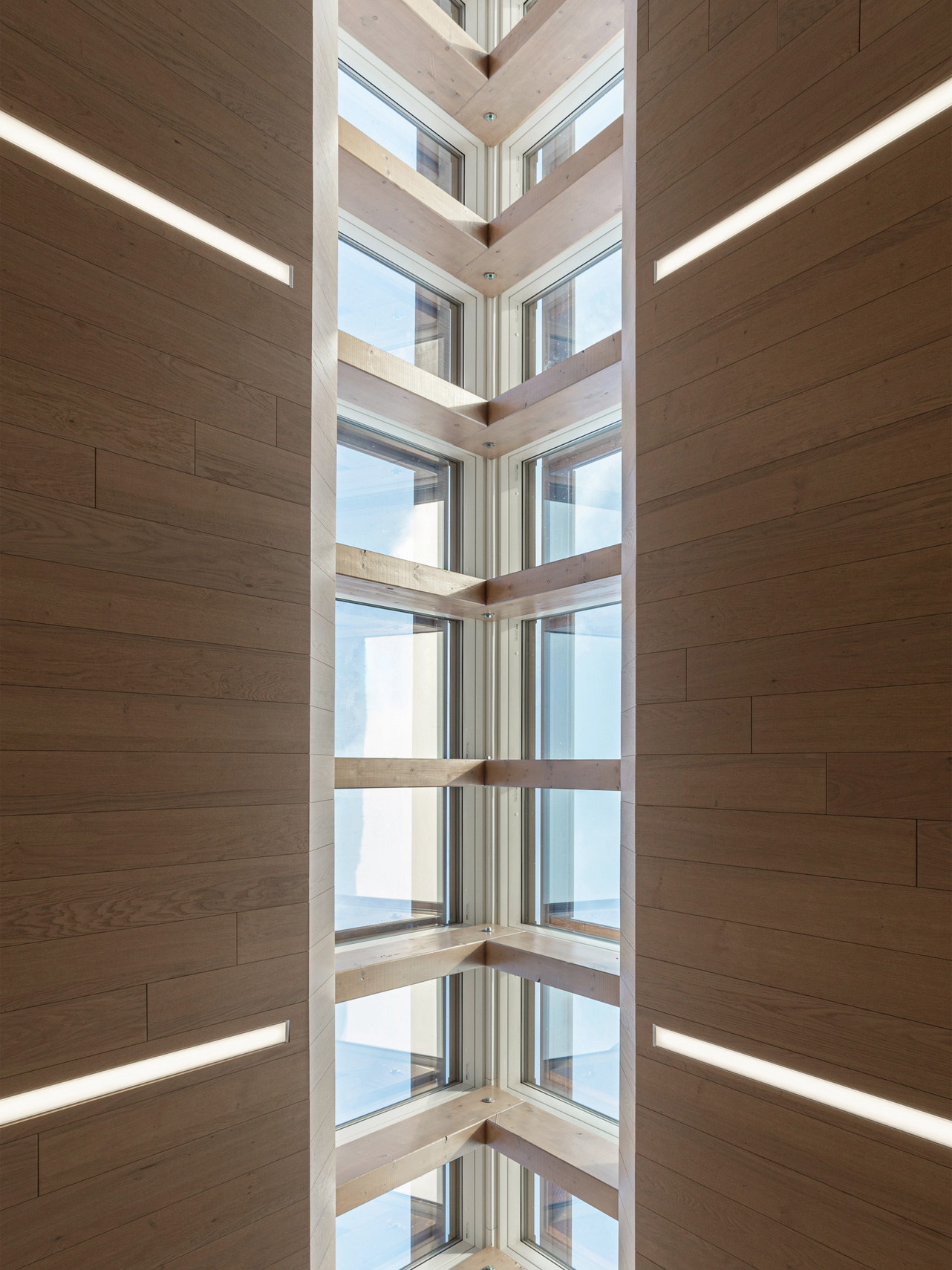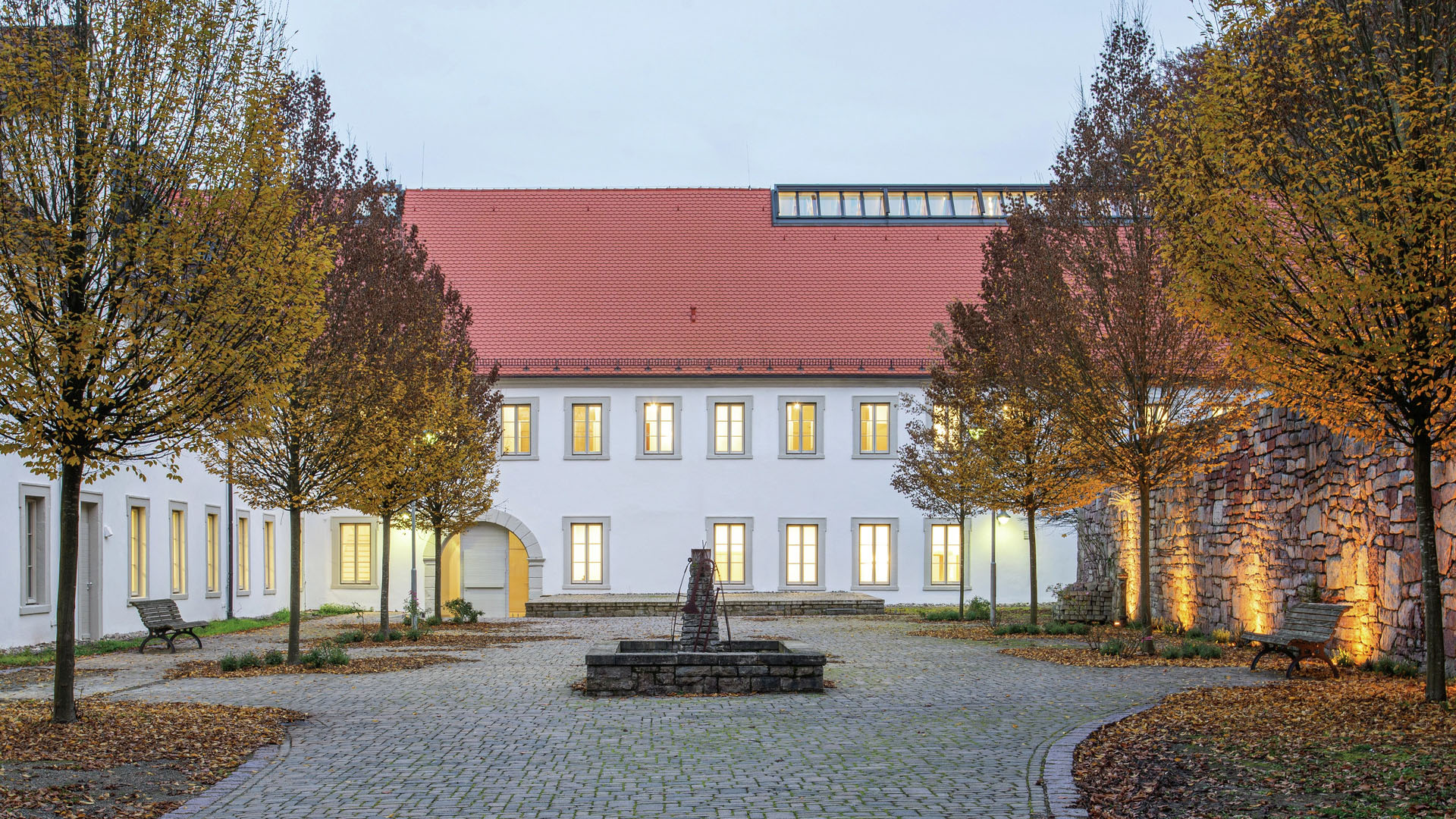Case studies

EU data highlights
Using the framework, we assessed a number of building projects throughout the EU. The results showed that healthy buildings can be financially sustainable investments, improve people’s health and reduce the environmental footprint.
Low renovation rate and limited investment
Accumulated investments in renovations in 2020 were 40% lower than required to reach the EU goal.
Indoor air quality is low
CO2 emissions are high
Daylight in homes is insufficient
The framework can be used to support stakeholders in the early stages of the project to guide decision making. If the data is made available, the framework can be used again upon completion of the project to assess the health of the final building.
For all building types and geographies
The best practice cases demonstrate how the Healthy Buildings vision, with the five dimensions and indicators, can be applied to all building projects – both new builds and renovations. To effectively represent many different types of European buildings, the case studies in this report include public, commercial and residential buildings.












